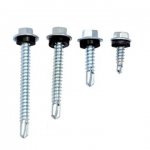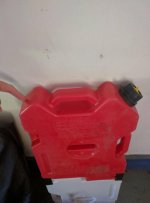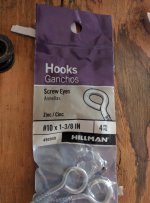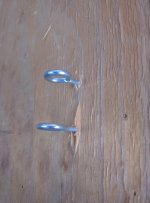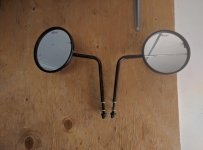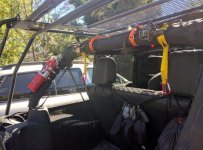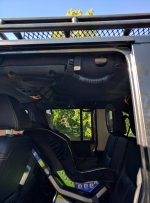I don't see why you should HAVE to do this. If you live in the really hot areas I could see maybe this would work ok but why not just open the spout a couple clicks on the spout nut to relieve pressure? Screws in plastic always wear the threads out so then that will be leaking next. The spouts are vented and work relatively well so you don't need this to pour. Like I said, mine were swelled pretty damn big in the 105* heat a couple days. Enough so that when I walked around the Jeep it was like

holy hell! They returned to normal overnight but went back up the next day. I think these are designed to take that with no problems. The plastic in these cans are very thick. these are not like a normal gas can we have in our sheds....

